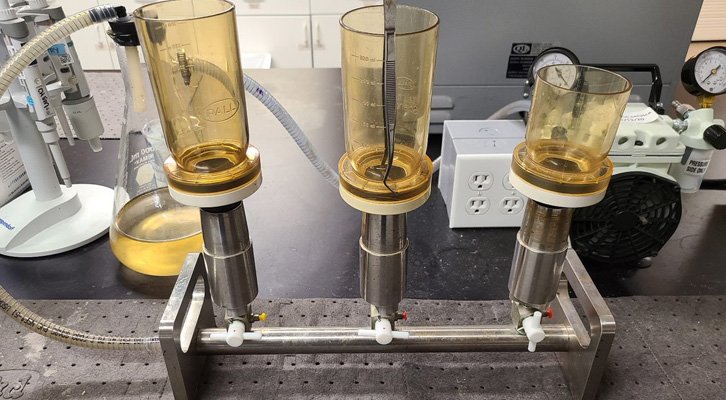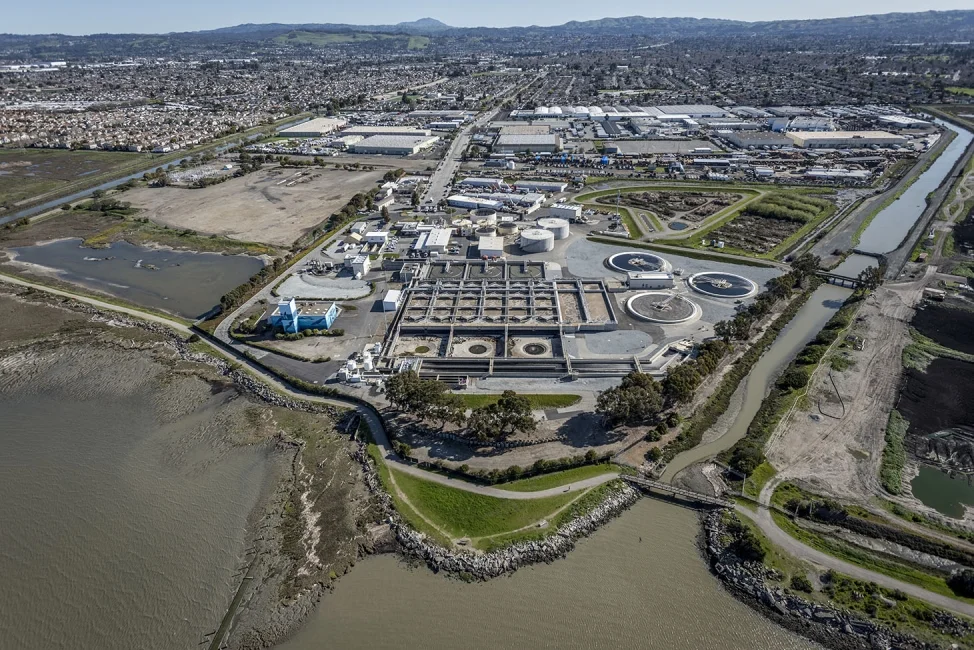What Is Mixed Liquor In Wastewater Treatment

Understanding Mixed Liquor in Wastewater Treatment
In the realm of environmental engineering, wastewater treatment stands as a critical process to ensure water is safe for release back into the environment or for reuse. Among the numerous components and stages of wastewater treatment, one term that frequently arises is “mixed liquor.” This article delves deep into what mixed liquor is, its composition, role in treatment processes, and its significance in the broader context of sustainable water management.
What is Mixed Liquor?
Mixed liquor refers to the combination of raw or partially treated sewage and activated sludge within an aeration tank during the activated sludge process of wastewater treatment. This mixture is fundamental to the biological treatment phase of wastewater processing where organic matter is biodegraded by microorganisms.
Composition of Mixed Liquor
The composition of mixed liquor primarily includes:
-
- Wastewater: The influent entering the system, which may be either raw sewage or partially treated water from a primary treatment stage.
-
- Biomass (Activated Sludge): This consists of a diverse community of microorganisms including bacteria, protozoa, and metazoans. These microorganisms are responsible for breaking down and digesting organic matter, resulting in cleaner effluent.
-
- Suspended Solids: Particulate matter in the water that may include organic and inorganic substances. The measurement of these solids is critical as they influence the overall treatment process.
-
- Dissolved Solids: These are mineral salts and other chemical compounds dissolved in the wastewater, some of which can be nutrients for microorganisms.
The Activated Sludge Process
At the heart of understanding mixed liquor is the activated sludge process, which is one of the most widely used biological wastewater treatment methods. This process effectively removes organic pollutants through the action of microorganisms in an aeration basin. The key steps include:
-
- Aeration: Wastewater is mixed with activated sludge in an aeration tank where air (or oxygen) is supplied to maintain aerobic conditions. This aeration helps keep the microbial population active and ensures adequate oxygen availability for the breakdown of organic substances.
-
- Biological Degradation: Microorganisms in the activated sludge feed on organic pollutants. During this process, complex organic compounds are transformed into simpler forms, primarily carbon dioxide, water, and additional microbial biomass.
-
- Settling: After sufficient aeration, the mixture moves to a secondary settling tank where the activated sludge (now enhanced with additional biomass) is allowed to settle out as solid flocs. This settled sludge is referred to as “activated sludge” and can be recycled back to the aeration tank or removed as waste.
-
- Effluent Discharge: The clarified water that results from the settling process is then discharged or subjected to further treatment depending on its intended use.
Key Parameters in Mixed Liquor
Managing the effectiveness of the mixed liquor in treatment involves monitoring several critical parameters:
-
- Mixed Liquor Suspended Solids (MLSS): This measures the concentration of suspended solids in the mixed liquor, indicating the amount of biomass present. Optimal MLSS levels are essential for maintaining a balanced microbial community capable of efficiently degrading organic matter.
-
- Mixed Liquor Volatile Suspended Solids (MLVSS): This measures the organic portion of the suspended solids, providing an estimate of the active microbial mass.
-
- Sludge Volume Index (SVI): SVI evaluates the settling characteristics of the sludge, which is crucial for determining the settling efficiency and the potential for sludge bulking.
-
- F/M Ratio (Food to Microorganism Ratio): This is the ratio of the mass of available food (organic load) to the mass of microorganisms in the mixed liquor. It is a critical control parameter that affects the growth rate and health of the microbial community.
Importance of Mixed Liquor in Wastewater Treatment
Mixed liquor is vital for several reasons:
-
- Biological Degradation: It is the primary location where biological treatment occurs, making it essential for the reduction of organic load and pollutants in wastewater.
-
- System Health: Proper management of mixed liquor ensures a stable and healthy microbial population necessary for effective treatment.
-
- Nutrient Removal: In addition to breaking down organic matter, specific configurations of mixed liquor can facilitate the removal of nutrients such as nitrogen and phosphorus, which are responsible for eutrophication in aquatic systems.
-
- Flexibility: The process allows for adaptability to varying loads and types of wastewater by adjusting aeration rates, recycle rates, and other operational parameters.
Challenges Associated with Mixed Liquor
Despite its central role, managing mixed liquor is not without challenges:
-
- Sludge Bulking: Poor settling of sludge can occur due to the proliferation of filamentous bacteria, leading to sludge bulking. This affects the separation of solids from effluent and can impair the treatment process.
-
- Overloading: High organic loads can upset the balance of the microbial community, leading to reduced treatment efficiency.
-
- Nutrient Deficiency: Insufficient nutrients (nitrogen, phosphorus) can limit microbial growth and activity, necessitating careful monitoring and potential supplementation.
-
- Toxin Sensitivity: The microbial population in mixed liquor can be affected by toxic compounds in the influent, requiring careful monitoring of industrial discharges into treatment plants.
Technological Advances and Future Directions
Advancements in technology continue to enhance the management and efficiency of mixed liquor in treatment processes:
-
- Real-Time Monitoring: Advanced sensors and automated controls enable real-time monitoring of key parameters, ensuring more precise control over the treatment process.
-
- Bioaugmentation: Introducing specific microbial strains into the mixed liquor can enhance the degradation of challenging pollutants or improve system resilience to fluctuations.
-
- Integrated Treatment Systems: Hybrid systems combining biological treatment with physical and chemical processes offer enhanced performance, particularly in complex wastewater scenarios.
-
- Modeling and Simulation: Computer models simulate treatment plant operations, helping to optimize processes, predict outcomes, and guide decision-making.
Conclusion
In conclusion, mixed liquor is a linchpin in the activated sludge process and overall wastewater treatment. Its effective management ensures the successful biological degradation of pollutants, maintaining the integrity of water resources and supporting environmental protection goals. As wastewater treatment continues to evolve, leveraging advancements in technology and a deeper understanding of mixed liquor dynamics will be key to meeting future water quality challenges and sustainability objectives. Whether for municipal systems or industrial applications, mixed liquor remains an indispensable component of modern wastewater management, safeguarding public health and environmental well-being.



